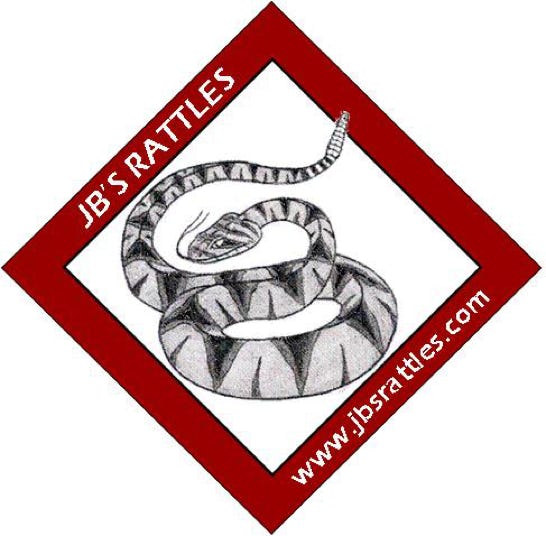

Call -
I made this page for people who have encounters with snakes and can’t tell if is venomous or not. I hope this information helps you out especially if you happen to be one of those people.
The Belly Rule
This is the underbelly of a snake
Notice one has a double row of scales that means it is a non-venomous snake.
Now the other one has single row of scales that means it is a venomous snake.
This happens after is passes the cloaca or anal plate it will be a single or double row of scales but only after the anal plate.
This rule also works with any
Skin Shedding
if you should find one.
*More info Below*
Canebrake Rattlesnake
(Crotalus atricaudatus)
All of our local snakes are (Pit Vipers)
Copperheads, Cottonmouth, (aka Water Moccasin)
& Canebrake Rattlesnake
This means they a heat sensing pit between the
eye and nose.
The eye of a pit viper can also have a slit, but this is not the best way to make a positive identification because it change shape depending on the lighting as seen below with night vision.
All of our local non-venomous snakes like this Black Rat Snake, do not posses these pits and their
pupils stay round it does not change shape.
But this is not the best way to make an identification.
(The best way is to follow the belly rule above)
Just a Myth
You can’t tell the age of a Rattlesnake by how many rattles is has . Rattles will break off but they never stop growing them. Every time a rattlesnake sheds it’s skin another rattle will be added to the tail it can get 2-6 rattles per year depending on it’s growth.
Here is another misunderstanding
You always can’t go by the shape of the head
here is an example:
On the top you have a adult Black Rat Snake
Below that is an young Black Rat Snake
Both are flatting out their heads this is call a threat posture, they do this to mimic a venomous snake
it’s purpose is to intimidate a predator.
The picture on the bottom is our Canebrake Rattlesnake, who has the same shape head but is venomous.
Here is a video showing a harmless Red Bellied Water Snake preforming it’s threat posture
Our Local Venomous Snakes
Baby Northern Copperhead
(Agkistrodon contortrix mokasen)
Baby Eastern Cottonmouth
aka - Water Moccasin
(Agkistrodon piscivores)
Baby Canebrake Rattlesnake
(Crotalus atricaudatus)
Notice that the baby Copperhead & Cottonmouth both have yellow tails, it fades as they get older.
The baby Rattlesnake has a button on the end of it’s tail
it grows more as it gets older.
If you find any little snakes with this on their tails, then you have a venomous snake.
If you have any questions or concerns
please feel free to give us a call